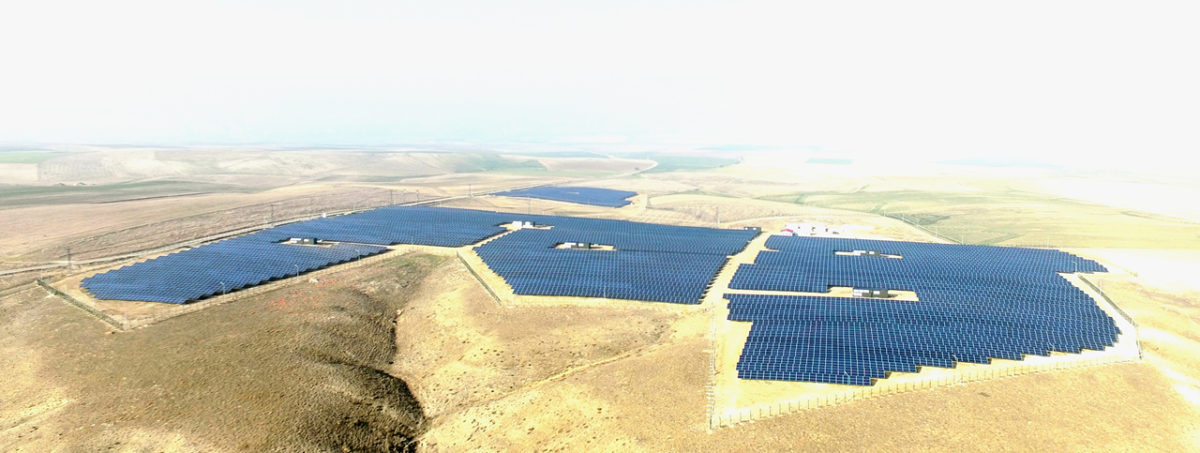According to data published by Turkey’s ministry of energy and natural resources, the country added 571 MW of new solar PV systems in 2016, up from a cumulative 248.8 MW of solar PV capacity in the end of 2015. This is a 230% year-on-year growth.
Most of Turkey’s PV installations come through the so-called ‘unlicensed’ fragment of the market, concerning projects up to 1 MW each. The only exception is two projects installed last year in Eastern Turkey: a 8 MW solar farm in Elazig owned by local firm Akfen Renewable Energy and a 5.3 MW farm in Erzurum owned by Turkey’s Halk Enerji. The two projects belong to a separate category of 600 MW of large-scale PV been tendered in various phases in the past years.
Based on the same set of data, Turkey added a total 5.9 GW of new power capacity last year. Of this, fossil fuel power plants (3.531 GW) comprised the larger portion. Solar PV and wind systems added 1.246 GW, hydro systems added 789 MW, while geothermal, biomass and waste power plants installed 320 MW.
Overall, Turkey's installed electricity capacity has now reached 78.49 GW and the national target for solar PV technology is 5 GW of installations by 2023.
2017 will also be strong
Ates Ugurel, founder, Turkish Solar Energy Society Solarbaba, told pv magazine that 2017 will be also a good year for Turkey’s solar PV because unlicensed projects need to be connected to the grid within two years of being approved.
Ugurel expects the cumulative capacity of approved non-licenced projects to be something between 1.5 GW to 2.5 GW at most.
Uncertainties in 2018 onwards
However, growth in 2018 onwards might be at risk due to recent changes in the fee all unlicensed projects pay to the power distribution companies for transporting the generated solar power.
This fee was 0.76 kurus per distribution unit in 2016 and increased to 2.56 kurus per unit in 2017 and 10.25 kurus per unit in 2018 (1 Turkish lira is 100 kurus and 1 USD is 3.75 Turkish liras). This was an indirect way to reduce the feed-in tariff (FIT) for the unlicensed projects from 0.130 USD per kWh in 2016 to 0.126 USD per kWh in 2017 and down to 0.103 USD per kWh in 2018. “That means almost the end of the non-licenced market as we know it,” commented Ugurel.
Apart from the unlicensed projects, the sector is eagerly waiting to see when and whether the tendered 600 MW of large-scale PV projects will materialise. Tendered projects must be connected to the grid by the end of 2019.
Similarly, the PV sector is curious about the progress of the tender for a mega 1 GW PV plant in Konya, central Turkey. The tender date is postponed to 20 March 2017 but few market stakeholders expect it to actually happen before summer. Whether the project ever materialises is also a valid question.
This content is protected by copyright and may not be reused. If you want to cooperate with us and would like to reuse some of our content, please contact: editors@pv-magazine.com.



1. Do you think that it’s necessary and useful to build a new solar farm with capacity 550 Mw?
2. Does the Turkish government help me in this project?